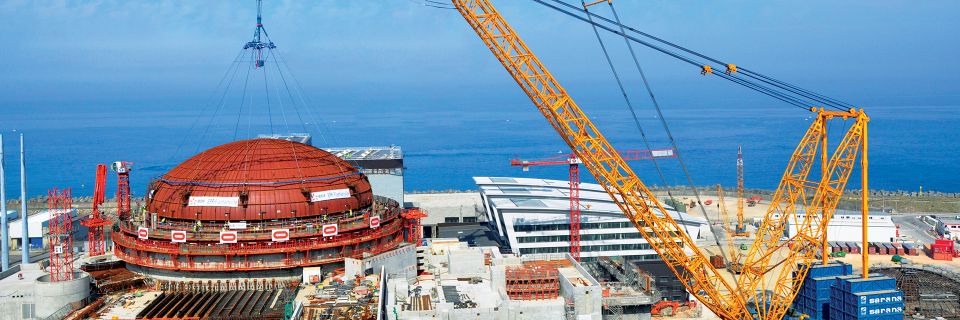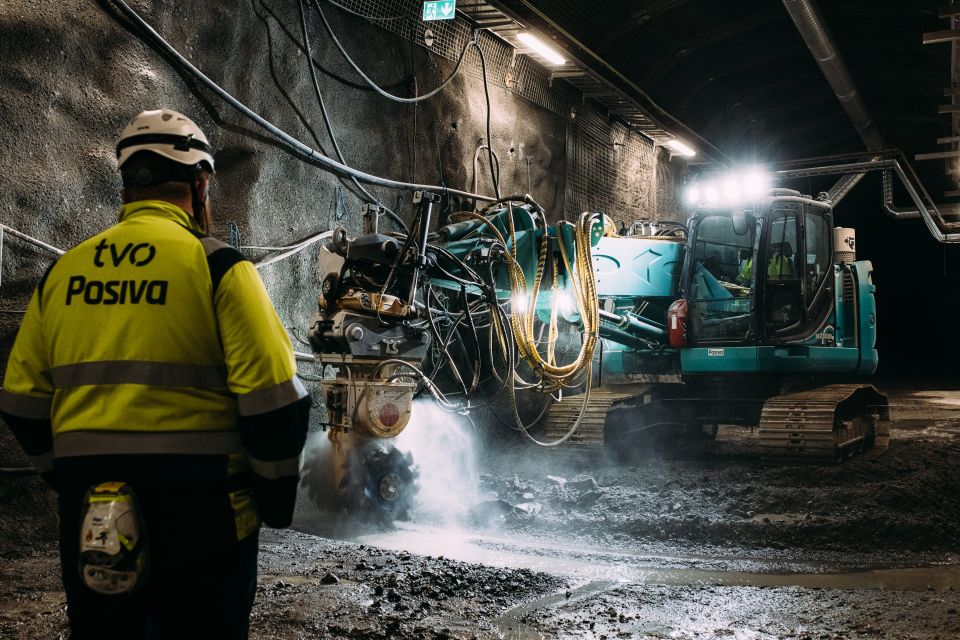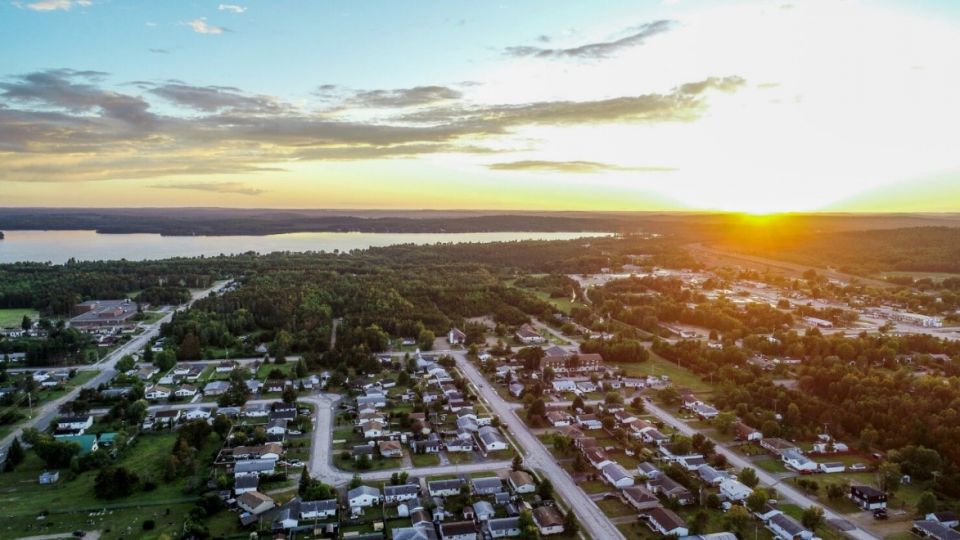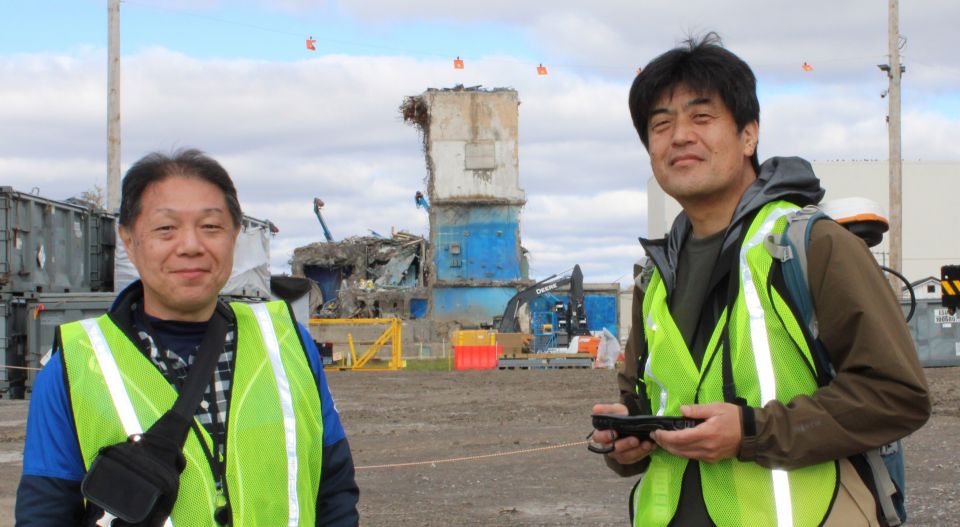The findings, contained in a report released September 10 and presented by the IAEA to Shintaro Ito, Japan’s minister of the environment, were the result of a 16-month safety review.
The IAEA assessed the approach to date taken by the Ministry of Environment Japan (MOEJ) for the recycling and final disposal of removed soil and radioactive waste against the agency's safety standards. According to the IAEA, these standards serve as a global reference for protecting people and the environment and contribute to a harmonized high level of safety worldwide.
Quote: “We appreciate the enormity of the challenge facing Japan in dealing with the aftermath of the 2011 [Fukushima Daiichi] accident, and we commend the country for requesting our impartial and technical review of its plans,” said IAEA director general Rafael Mariano Grossi. “The recycling and disposal of the soil further contributes to the reconstruction of areas affected by the accident.”
The details: About 13 million cubic meters of soil and about 300,000 cubic meters of ash from the incineration of organic material was removed as part of decontamination activities in Fukushima Prefecture. The waste was then stored at an interim storage facility covering nearly 4,000 acres across the towns of Okuma and Futaba.
The management of the removed soil is governed by a Japanese law that permits the government to repurpose the soil both within and outside of Fukushima Prefecture. Final disposal of the remaining soil is to take place outside of Fukushima Prefecture by 2045.
The country plans to recycle roughly 75 percent of the removed soil, which has low levels of radioactivity, by using it—if demonstrated to be safe—for civil engineering structures, including embankments for roads, railways, seawalls, waste treatment sites, coastal protection, agricultural land, and land reclamation. The remaining soil that cannot be recycled will be disposed of permanently. Japan intends to confirm the site selection and disposal process in 2025.
Expert review: In 2022, the MOEJ requested that the IAEA conduct three international expert meetings on volume reduction and recycling of removed soil that had arisen from decontamination of land in Fukushima Prefecture.
A team comprising five IAEA staff and six international experts from Belgium, Germany, Japan, the United Kingdom, and the United States conducted three missions in May 2023, October 2023, and February 2024. The IAEA’s review included providing advice and support to Japan from both technical (including safety aspects) and social viewpoints.
According to the IAEA report, neither the findings of the three international expert meetings nor the IAEA assistance project will result in the approval or rejection of a proposed solution for the soil but will provide observations related to Japan’s approach to managing the materials. A final decision on the management of the removed soil is the sole responsibility of the Japanese authorities.









